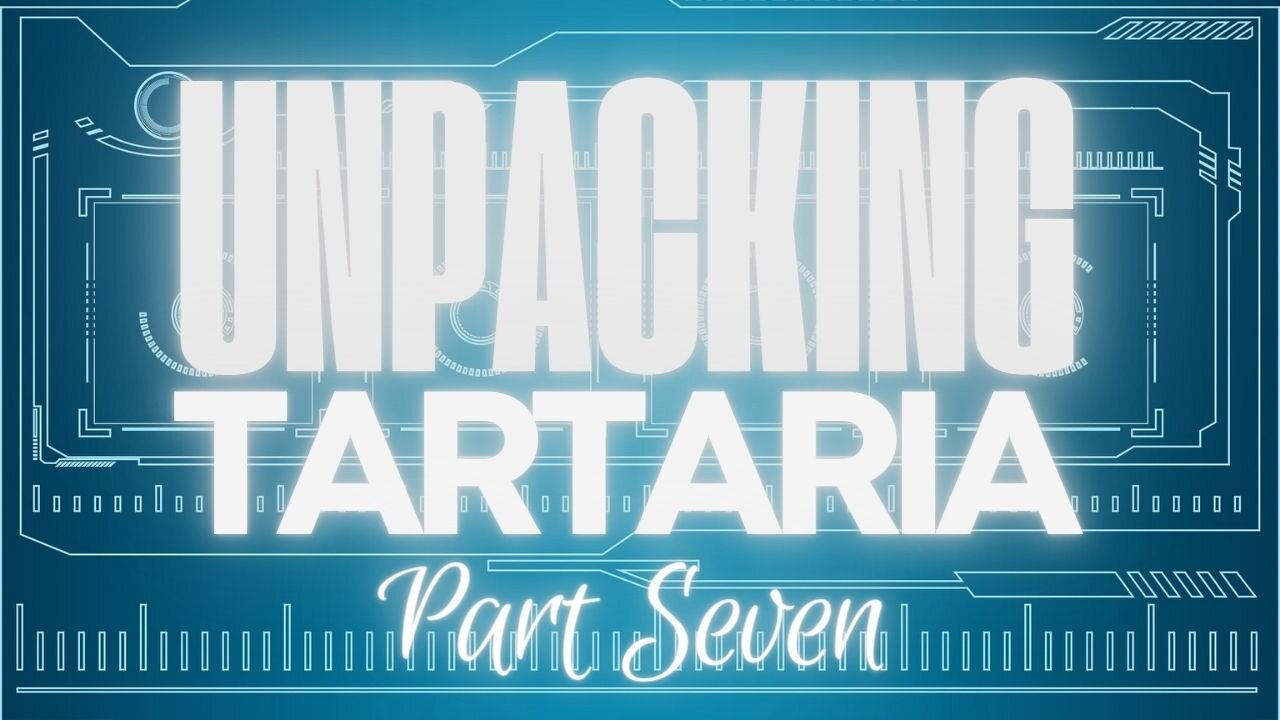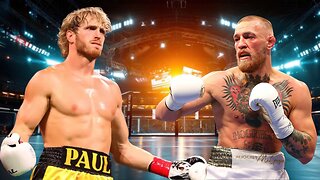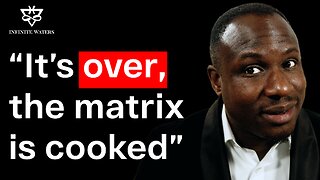Premium Only Content

Unpacking Tartaria, Pt. 7 - Classical Art, Petrifaction, Melted Buildings & The Renaissance Lie
THE RENAISSANCE LIE
Have we been lied to when it comes to the Renaissance movement and many of the most famous artists of history? Is there a cover-up going on in order to hide that these artworks belonged to an old-world artistic society? Perhaps there is a secret technique or technology that we were never told about such as an advanced carving tool, the ability to soften stone for easy manipulation, and or the process of Petrifaction during a Renaissance Lie.
In this episode, we go over the legends and myths of Man being turned into stone that allude to there being some type of stone conversion technology possessed by the Ancients.
Did they get this knowledge thru observing some type of natural phenomena or cataclysmic event such as a Renaissance Lie that turned most of the old world into mountains? There are countless accounts referring to cataclysms of fire, one of the most famous being the Greek myth of Phaeton as told in Plato's Timaeus.
SOURCE
Mind Unveiled
WAS LEONARDO DA VINCI A RENAISSANCE LIE?
Leonardo da Vinci (15 April 1452 – 2 May 1519) was an Italian polymath of the High Renaissance who was active as a painter, draughtsman, engineer, scientist, theorist, sculptor, and architect. His genius, says his biographer Walter Isaacson, was his ability to marry observation with imagination and to apply that imagination to intellect and its universal nature. Born out of wedlock to a successful notary and a lower-class woman in, or near, Vinci, he was educated in Florence by the Italian painter and sculptor Andrea del Verrocchio.
His collective works comprise a contribution to later generations of artists matched only by that of his younger contemporary Michelangelo. His natural genius crossed so many disciplines that he epitomized the term “Renaissance man”. Today he remains best known for two of his paintings, "Mona Lisa" and "The Last Supper".
He filled dozens of secret notebooks with inventions, observations and theories about pursuits from aeronautics to human anatomy. His combination of intellect and imagination allowed him to create, at least on paper, such inventions as the bicycle, the helicopter and an airplane based on the physiology and flying ability of a bat.
EPISODE SERIES
Pt. 1
https://rumble.com/v3nxens-unpacking-tartaria-pt.-1-the-irish-connection.html
Pt. 2
https://rumble.com/v3nxgfy-unpacking-tartaria-pt.-2-phoenician-architects.html
Pt. 3
https://rumble.com/v3nzjdw-unpacking-tartaria-pt.-3-white-balding-giants-in-america.html
Pt. 4
https://rumble.com/v3nzjzk-unpacking-tartaria-pt.-4-ancient-emf-technology.html
Pt. 5
https://rumble.com/v3nzlxy-unpacking-tartaria-pt.-5-air-travel-oil-oligarchy-titanichindenburg.html
Pt. 6
https://rumble.com/v3nzme7-unpacking-tartaria-pt.-6-subterranean-networks-the-underground-railroads-an.html
Pt. 7
https://rumble.com/v3nzng4-unpacking-tartaria-pt.-7-classical-art-petrifaction-melted-buildings.html
Pt. 8
https://rumble.com/v3nzobe-unpacking-tartaria-pt.-8-asylums-prisons-colleges-mind-control-castles-in-a.html
Pt. 9
https://rumble.com/v3vuupa-unpacking-tartaria-pt.9-odd-fellows-repopulation-orphans-ghost-cities.html
Pt. 10
https://rumble.com/v3vuvep-unpacking-tartaria-pt-10-waste-management-poop-fuel-the-gilded-age.html
-
 47:15
47:15
The Aquarius Bus
12 days agoTour The Most Expensive Tartarian Gilded Age Mansion in America
6243 -
 LIVE
LIVE
BonginoReport
1 hour agoLock Her Up (Ep.107) - 12/18/2024
9,578 watching -
 LIVE
LIVE
Vigilant News Network
13 hours agoLiz Cheney’s Problems Just Got WORSE | The Daily Dose
793 watching -
 LIVE
LIVE
Game On!
12 hours ago $2.35 earnedConor McGregor vs Logan Paul: BIGGEST Boxing Match of the Century!
1,778 watching -
 LIVE
LIVE
Jeff Ahern
43 minutes agoNever Woke Wednesday with Jeff Ahern( Leftists losing everywhere)
286 watching -
 9:04
9:04
GBGunsRumble
12 hours agoGBGuns Armory Ep 134 Walther PDP F Pro
15.1K -
 13:12
13:12
Melonie Mac
20 hours agoAspyr Teases Possible New Tomb Raider Games in Classic Remastered Style
11.1K7 -
 44:49
44:49
Chrissy Clark
14 hours agoThe Rise Of Female Shooters, ABC News’ $16M Settlement, & MORE I Underreported Stories
9.17K3 -
 2:49:13
2:49:13
InfiniteWaters(DivingDeep)
22 hours agoIt's Over - The Matrix Is Cooked | Infinite Waters
6.54K4 -
 15:49
15:49
Chris From The 740
1 day ago $2.57 earnedThe EAA Girsan Influencer X - Not Your Grandpa's 1911
19K2